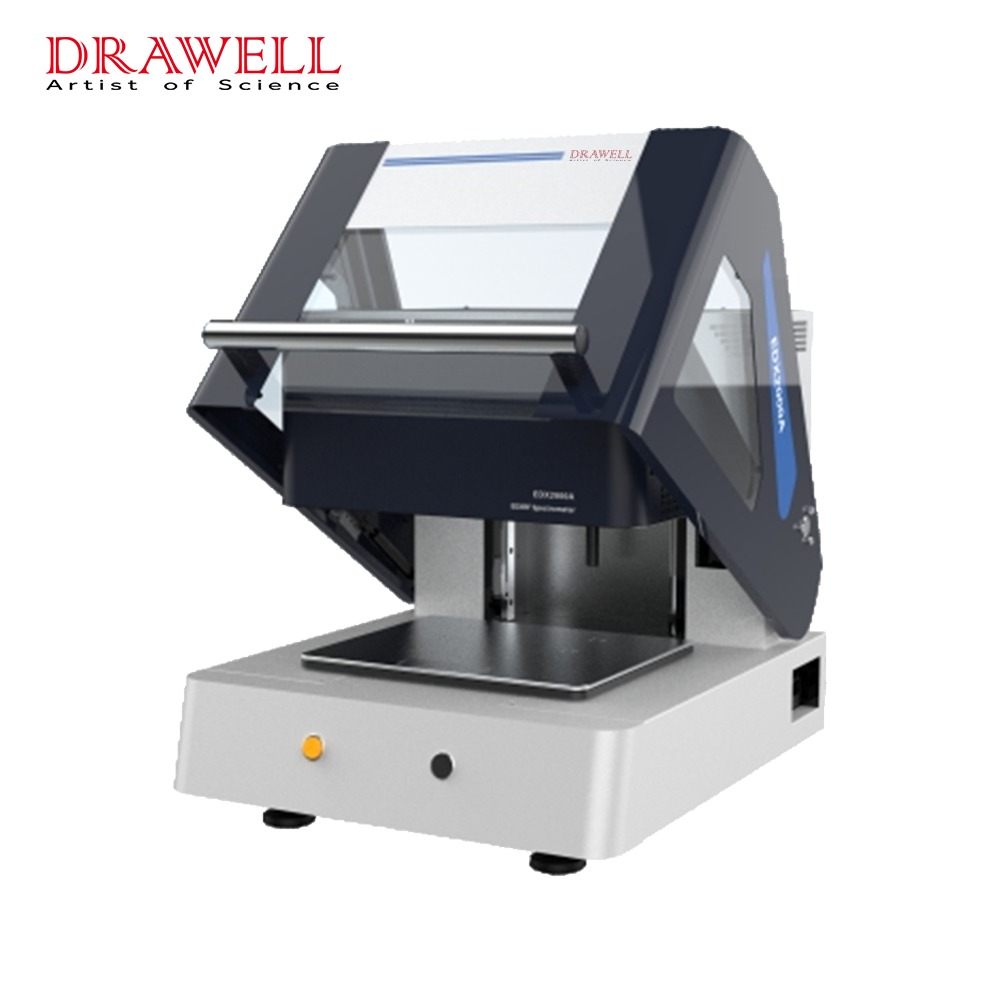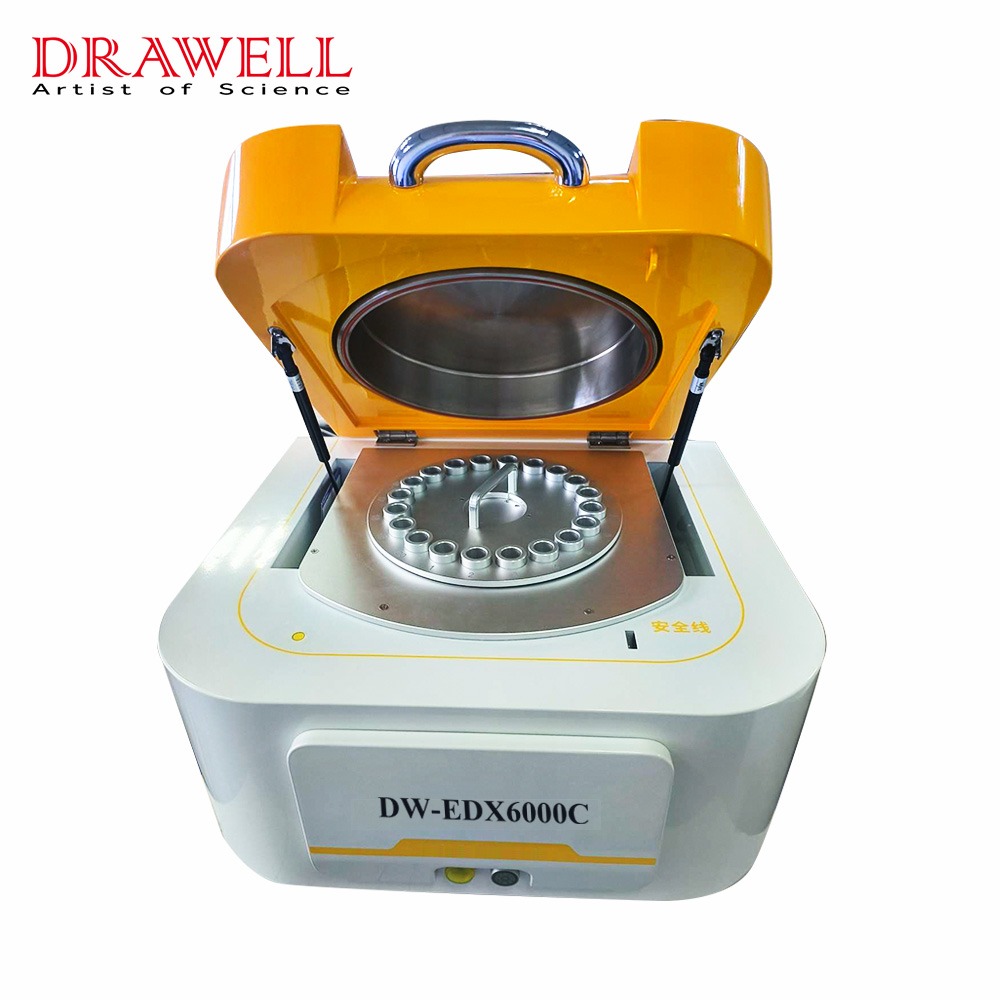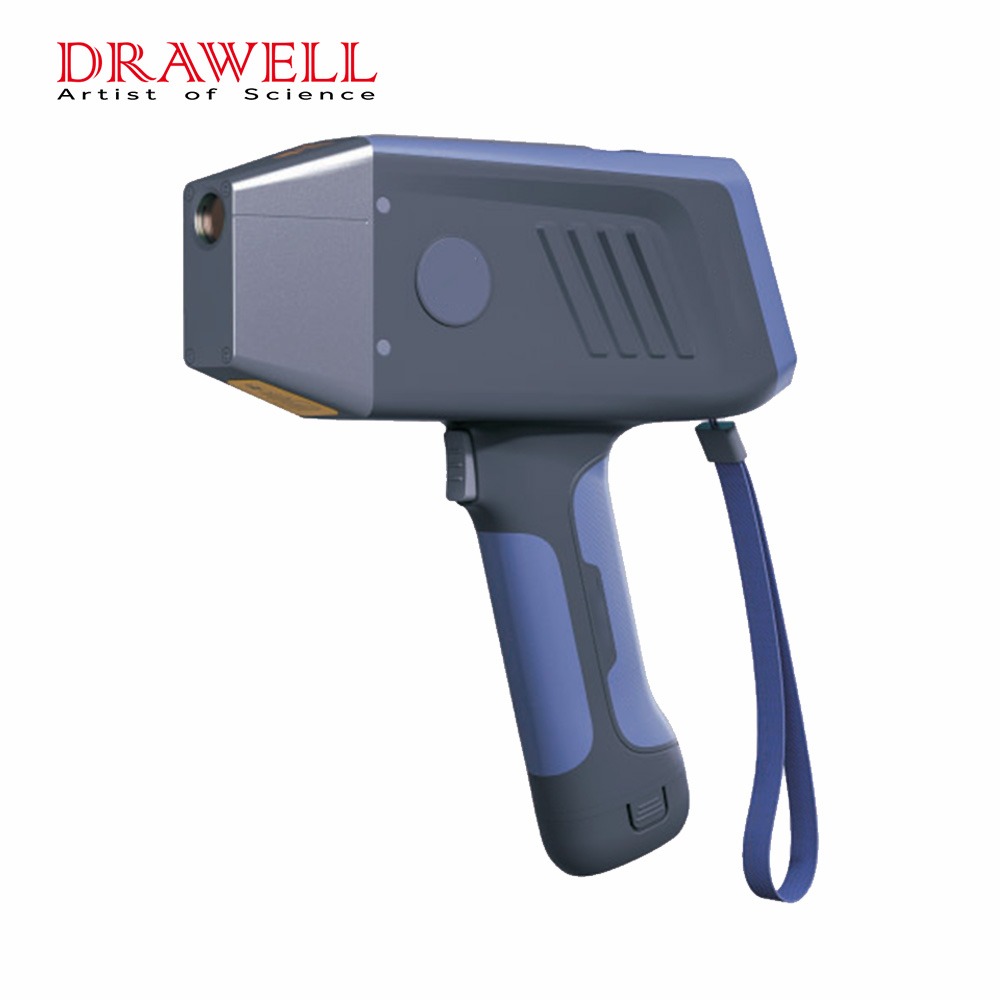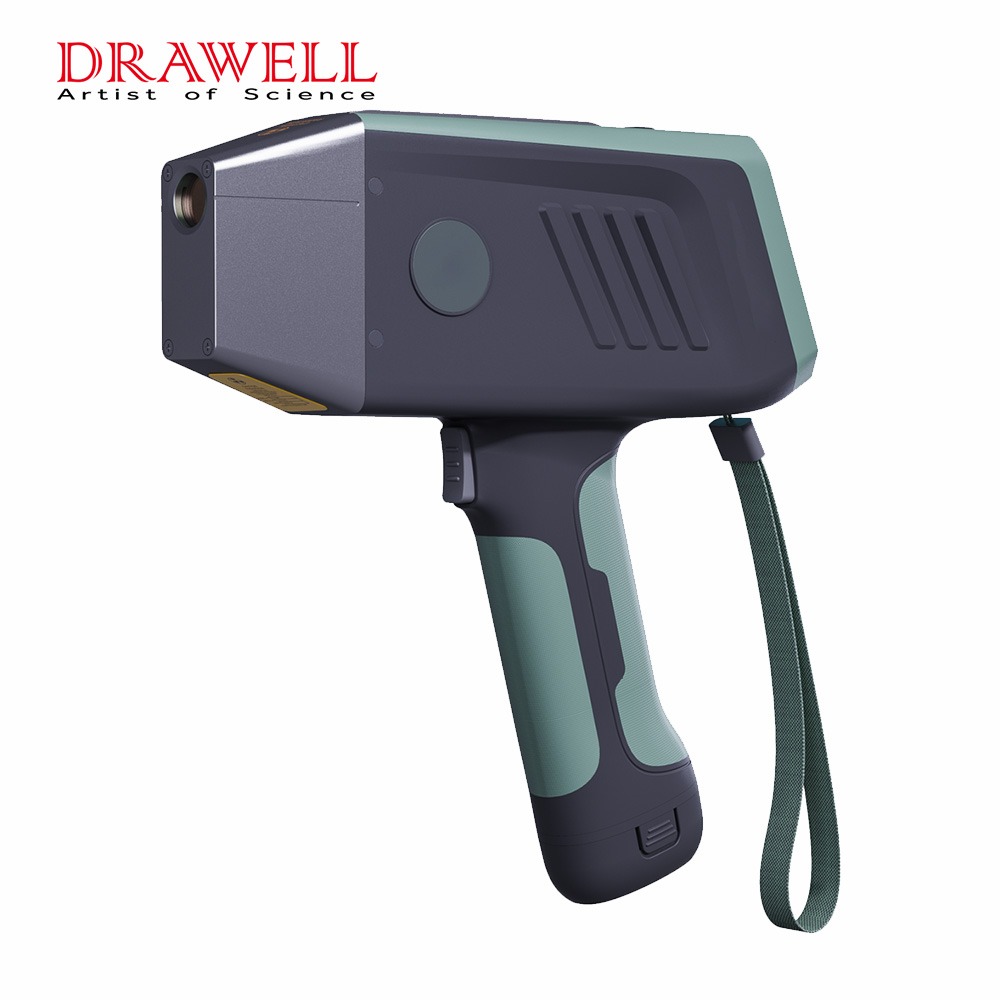X-ray diffraction (XRD) and X-ray fluorescence (XRF) are two analytical techniques commonly used in materials analysis. XRD is used to study the crystal structure of materials, while XRF is used to determine the elemental composition of materials. Understanding the differences between these two techniques is crucial for researchers and professionals who need to analyze materials accurately and efficiently.
XRD: X-ray Diffraction
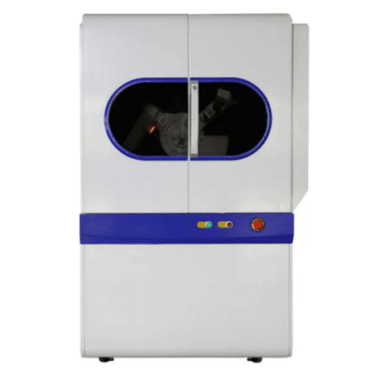
XRD is based on the principles of X-ray scattering and diffraction patterns. When X-rays are directed at a material, the atoms in the material diffract the X-rays, producing a pattern that reflects the arrangement of atoms in the crystal structure. The resulting diffraction pattern is a unique “fingerprint” that can be used to determine the crystal structure of the material. XRD is used to determine crystal structure, phase identification, and other material characterization.
XRD is a highly versatile technique that can be used to analyze a wide range of materials, from inorganic compounds to organic polymers. The technique is widely used in materials science, chemistry, and physics research, as well as in industry, for applications such as mineralogy, pharmaceuticals, and semiconductors.
One of the main advantages of XRD is its ability to determine the crystal structure and identify phases within a material. This information is important for understanding the physical and chemical properties of materials, and for designing new materials with specific properties. XRD can also be used to study the effects of temperature, pressure, and other environmental factors on the crystal structure of materials.
XRF: X-ray Fluorescence

XRF is based on the principles of X-ray excitation and emission spectra. When X-rays are directed at a material, the atoms in the material emit secondary X-rays that are characteristic of the elements present. By measuring the intensity and energy of these X-rays, XRF can identify the factors present and quantify their concentrations. XRF is used to determine elemental composition, quantitative analysis, and other material characterization.
XRF can analyze a wide range of sample types, including solids, liquids, and powdered samples. The technique is widely used in environmental analysis, forensic science, and the analysis of industrial and consumer products.
One of the main advantages of XRF is its ability to rapidly and accurately determine the elemental composition of a material. This information is important for quality control, product development, and environmental monitoring. XRF can also be used to identify contaminants and impurities in materials and to quantify the concentrations of elements in trace amounts.
Differences Between XRD and XRF
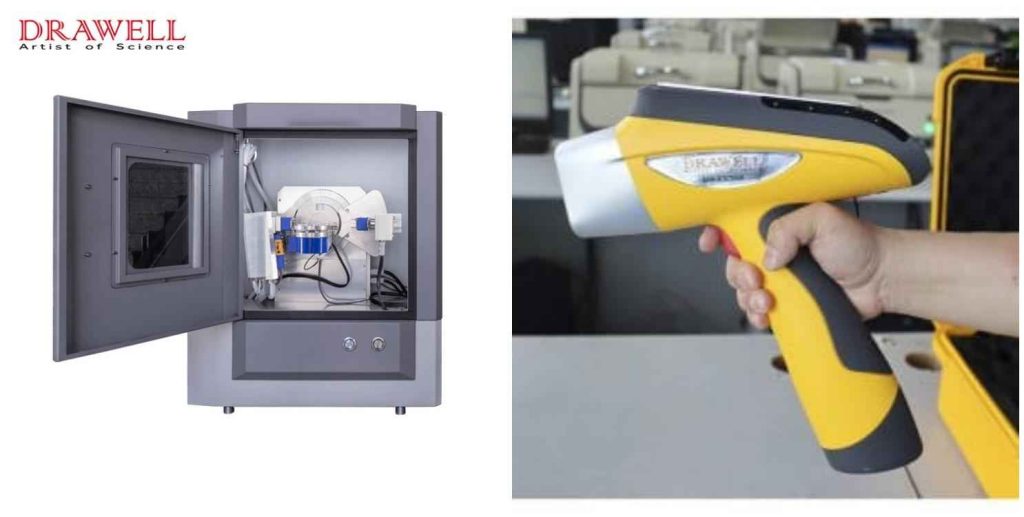
XRD and XRF have different purposes and scopes. XRD is used to study the crystal structure of materials, while XRF is used to determine the elemental composition of materials. The main differences between XRD and XRF are:
- Purpose: XRD is used to determine the crystal structure and phase identification, while XRF is used to determine elemental composition.
- Sample preparation: XRD requires a high-quality crystal sample, while XRF can analyze solid, liquid, or powdered samples.
- Analytical capabilities: XRD provides information on crystal structure and phase identification, while XRF provides information on elemental composition.
- Instrumentation: XRD is a more complex and expensive technique than XRF.
- Advantages and disadvantages: XRD is more accurate for crystal structure determination, while XRF is more sensitive for elemental analysis.V. Comparison of XRD and XRF in Material Analysis
XRD and XRF are often used together in material analysis. Combining these two techniques can provide a more comprehensive understanding of material properties.
For example, in the analysis of a geological sample, XRD can be used to determine the crystal structure and identify the mineral phases present, while XRF can be used to determine the elemental composition of the minerals. This information can be used to understand the sample’s geological history and identify potential resources.
In the analysis of a pharmaceutical product, XRD can be used to determine the crystal structure of the active ingredient, while XRF can be used to determine the elemental composition of the excipients. This information can be used to ensure the quality and efficacy of the product.
Conclusion
XRD and XRF are powerful analytical techniques that are widely used in materials analysis. While they have different purposes and scopes, they can provide complementary information about the properties of materials. Understanding the differences between XRD and XRF is essential for researchers and professionals who need to analyze materials accurately and efficiently.

